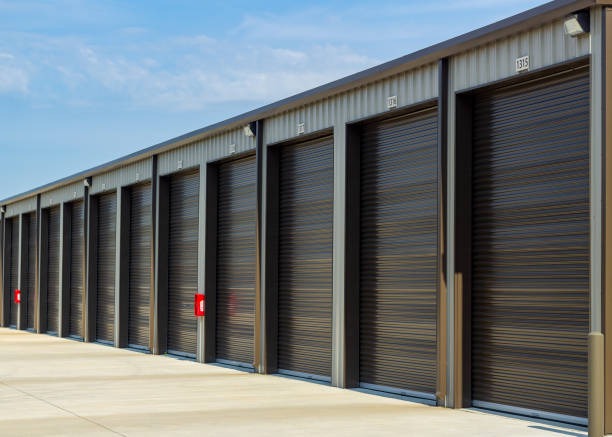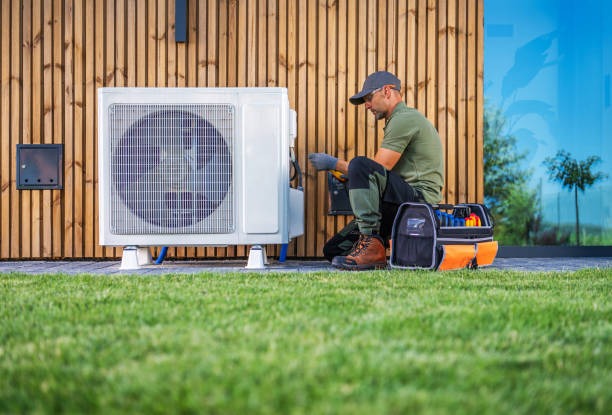Productivity is the engine that drives businesses towards success. It’s a measure of how efficiently resources are utilized to produce desired outcomes. In today’s fast-paced, technology-driven world, productivity demands have increased exponentially. To meet these demands and foster an environment conducive to high performance, modern workspaces have become essential.
The traditional office setup, with its cubicles and rigid structures, no longer serves the needs of contemporary professionals. The current workforce requires flexibility and adaptability in their work environments to optimize their productivity levels. Modern spaces designed with this need in mind can significantly impact employee efficiency and overall business performance.
Modern workspaces are characterized by open layouts that encourage collaboration and interaction among teams. These spaces often feature comfortable seating arrangements, shared tables or desks, private meeting rooms for focused group discussions, communal areas for casual interactions, and quiet zones for individual tasks requiring concentration.
Moreover, modern spaces incorporate advanced technology solutions such as high-speed internet connectivity, video conferencing facilities, digital whiteboards for brainstorming sessions among others. This technological integration facilitates seamless communication within teams regardless of geographical location while also enabling efficient task management.
Another crucial aspect of modern workplaces is their attention to employees’ well-being. As find more information companies recognize the link between employee wellness and productivity levels they are incorporating elements such as ergonomic furniture designs that promote better posture and reduce physical strain over long working hours; natural lighting which has been proven to enhance mood; indoor plants which improve air quality; recreational areas where employees can relax or engage in physical activities during breaks.
Furthermore, modern spaces often offer flexible working hours allowing employees to choose when they want to work based on their individual peak productivity times or personal commitments outside work. This flexibility not only improves job satisfaction but also boosts productivity as employees can perform tasks at times when they are most alert and motivated.
In addition to fostering a productive environment within the office premises themselves many organizations now provide remote working options facilitated by cloud-based platforms virtual private networks (VPNs) and other technologies. This flexibility is particularly beneficial in the current global context where remote work has become a necessity due to the COVID-19 pandemic.
In conclusion, modern workspaces are no longer just about providing a physical location for employees to perform their tasks. They have evolved into dynamic environments that foster collaboration, incorporate advanced technology, prioritize employee wellness and offer flexible working options. These elements combined can significantly enhance productivity levels thereby driving business growth and success in today’s competitive market landscape. Therefore it is clear that productivity demands it: modern work needs modern spaces.












Leave a Reply